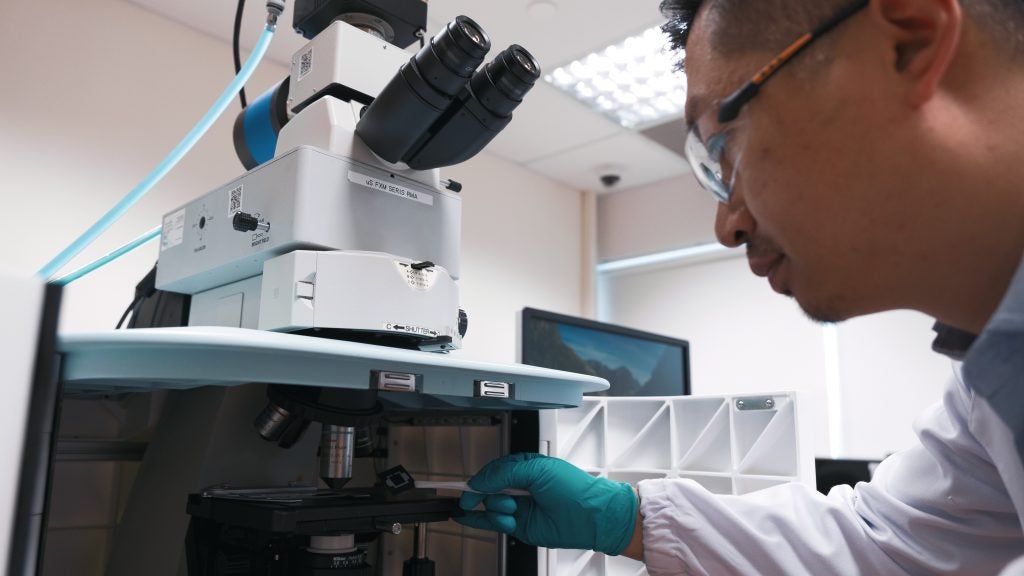
Computer framework to predict floods and mitigate droughts
Floods and droughts: two natural disasters that are polar opposites. It would be naïve to hope that they could cancel each other out - or would it? It turns out that by clever management of floodwaters aided by some big data analysis, this may not be just a wild dream.
Assistant Professor He Xiaogang from NUS Civil and Environmental Engineering is interested in the twin impacts of climate change and extreme weather. Climate change can cause extreme weather events to be more frequent and more severe, making for harsher droughts and bigger floods. Floods bring destruction, while droughts put more strain on the water supply. These threats are present around the globe; even Singapore is projected to suffer from increased flood risk in the future.
Prof He and his colleagues at Stanford University have published their research on flooding and groundwater in Science Advances. They developed a computer framework that models where and how much flooding is likely to occur in the future under climate change, allowing them to identify how this floodwater could be put to good use refilling underground water sources.
Their digital framework takes publicly available data and analyses it with climate and hydrological models to predict future floodwater availability, turning overwhelming amounts of raw data into useful information. This could guide policymakers in planning infrastructure to flood-proof and drought-proof their lands.
Putting floodwaters to good use
The study was carried out and tested in California, which faces the twin threats of droughts and floods, both damaging to its agriculture. The unfortunate irony is that floods and droughts can strike simultaneously in different parts of the state. "There is a geographic mismatch between where the floodwater is available, and where it is needed. Climate change actually amplifies this geographic mismatch," Prof He says.
Around the state, groundwater aquifers, which are large volumes of underground water-bearing rock or sediment, can act as natural water sources to rely on in times of drought. But these are drying up even under normal conditions due to agriculture and regular demand.

California passed the Sustainable Groundwater Management Act (SGMA, pronounced 'sigma') in 2014 to address this, which Prof He cites as a motivation for his work. SGMA restricts groundwater usage in order to avoid a future water crisis.
"Under SGMA, a large amount of agricultural land will have to be fallowed (left unused). But that's just the demand-side management by reducing the groundwater pumping," Prof He says. "The other solution is to augment the water supply by using floodwater to recharge groundwater aquifers. This would be supply-side management."
The computer framework Prof He and the Stanford team developed can help to judge the viability of this approach in different locations, by combining available data on hydrological models, terrain, and climate change.
Prof He says this is useful as part of a nature-based solution to mitigate the damage flooding can cause while also increasing groundwater storage as a buffer against droughts. As an added bonus, it can also preserve and restore the ecosystem in regions that are drying up.
Their framework could be adapted to make similar predictions in other places, including Singapore. "South-East Asia is a hotspot for flooding risk and drought risk under climate change," Prof He says, confident in the relevancy of his research.
The framework could be used to determine where more infrastructure might be needed to combat flooding under different climate change scenarios. He is also looking to extend the framework to include other environmental objectives, allowing it to make suggestions to robustly achieve multiple benefits by optimising land use, balancing water management with green energy production and other uses.





